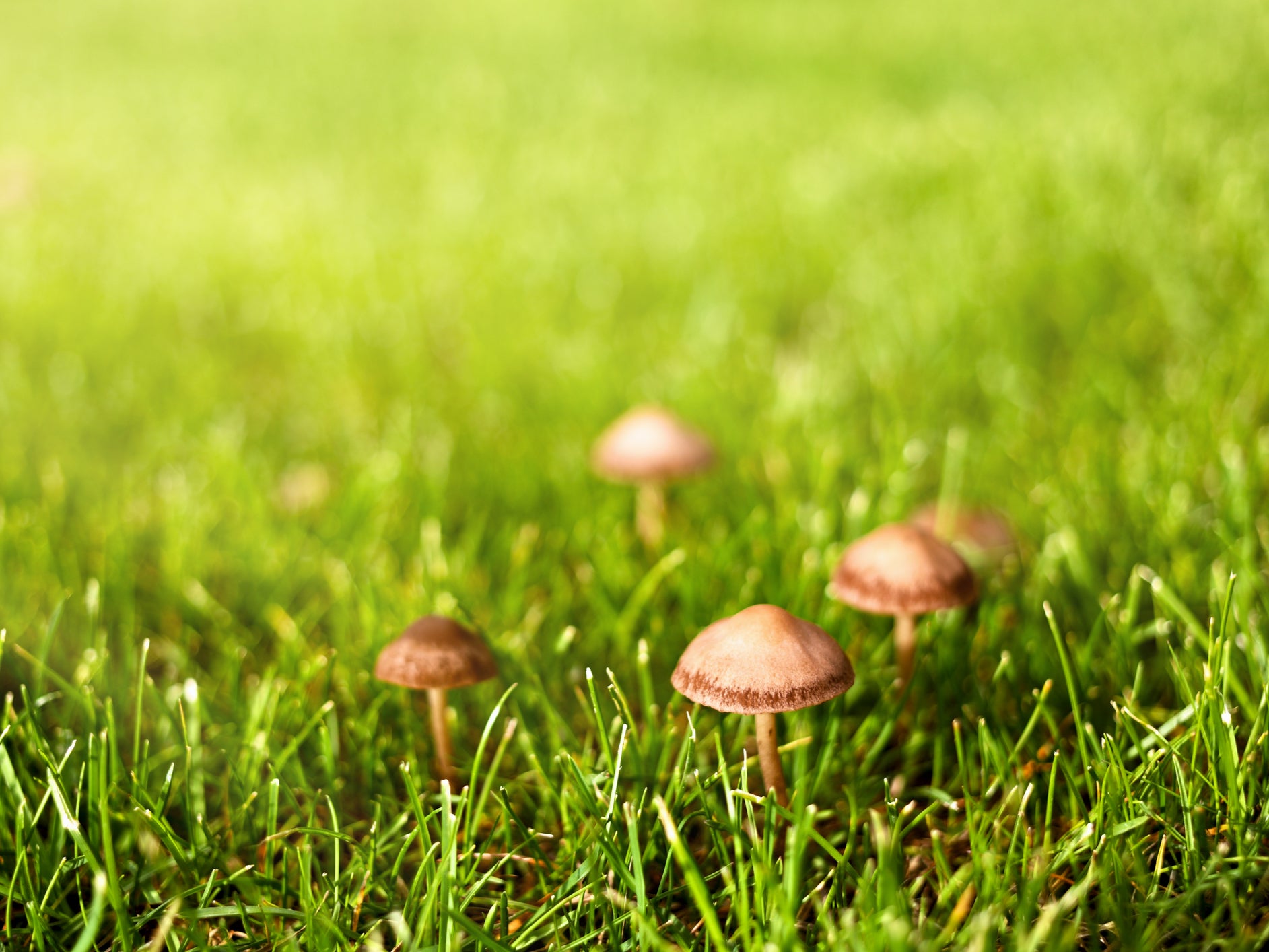Your support helps us to tell the story
From reproductive rights to climate change to Big Tech, The Independent is on the ground when the story is developing. Whether it's investigating the financials of Elon Musk's pro-Trump PAC or producing our latest documentary, 'The A Word', which shines a light on the American women fighting for reproductive rights, we know how important it is to parse out the facts from the messaging.
At such a critical moment in US history, we need reporters on the ground. Your donation allows us to keep sending journalists to speak to both sides of the story.
The Independent is trusted by Americans across the entire political spectrum. And unlike many other quality news outlets, we choose not to lock Americans out of our reporting and analysis with paywalls. We believe quality journalism should be available to everyone, paid for by those who can afford it.
Your support makes all the difference.The Royal Horticultural Society is encouraging gardeners to allow mushrooms to flourish in flower beds and lawns across the UK.
Fungi are generally considered a problem as many green-fingered gardeners think they look unsightly and ruin the look of a carefully manicured lawn.
But the RHS wants to reverse this by propagating and growing fungi in its gardens for the first time in almost two centuries, reported The Times.
Fungi feed on dead plant and animal remains and are crucial in breaking down organic material into humus, minerals and nutrients that can then be used by plants.
According to the RHS, only a small proportion of thousands of species of fungi in the world can cause disease in plants and animals, which are known as pathogenic fungi.
“The vast majority of fungi are saprophytic, feeding on dead organic material, and as such as harmless and often beneficial,” says the RHS website.
Jassy Drakulic, RHS pathologist, told The Times that scientists at the society are growing this type of fungi in a lab at their flagship garden in Wisley, Surrey, in order to change perceptions that fungi are a threat.
They will grow locally-found species such as oyster mushrooms, coral tooth fungus, turkey tail, and birch polypore brackets – all of which will be placed in the newly opened Wildlife Garden in December.
She described fungi as the “unsung heroes of the garden” as they not only break down organic matter, but also provide “a welcome home for invertebrates”.
“Their myriad shapes and colour also provide a sense of otherworldliness in a winter garden scene,” she told the newspaper.
Gardeners can encourage good fungi to grow by leaving different-sized pieces of wood around their garden. In these, white fungal growth (also known as mycelium) will grow.
Aside from appearances, some gardeners may find that cause a problem called “dry patch”, where extensive growth of mycelium in soil or compost may prevent water from reaching the roots of plants.
If this happens, the RHS recommends breaking up the soil with a fork or a hoe. The mycelium often disappears on its own if its food source runs out or if environmental conditions change.
The appearance of fungal fruiting bodies – which are the mushrooms or toadstools seen above ground – may occasionally cause concern if they damage the ground, smother young seedlings, cause offensive smells, or are poisonous.
These can be controlled by digging down and removing pieces of dead wood or dead tree roots to remove the fungi’s food source, or removing and replacing the top few inches of soil.

Join our commenting forum
Join thought-provoking conversations, follow other Independent readers and see their replies
Comments